5. The Young Girls of Rochefort (1967)
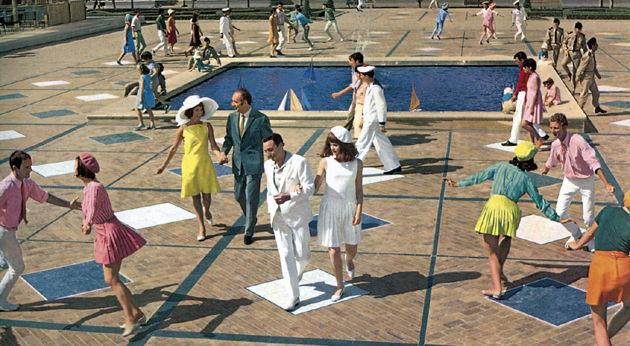
The final film in Jacques Demy’s informal “romantic trilogy” –– a trio of musicals that share some of the same actors, characters and overall visual aesthetic –– The Young Girls of Rochefort follows Lola (1961) and The Umbrellas of Cherbourg (1964).
The zigzagging plot is comprised of poetic melodrama as various young lovers search for their muses in the titular seaside town of Rochefort. The game cast includes Catherine Deneuve and her sister Françoise Dorléac, playfully portraying twin sisters Delphine and Solange, respectfully.
Maintaining his signature fairy tale whimsy and spirited musical bursts, Demy’s delirious state of mind afflicts his love-smitten cast (which also includes Grover Dale, Michel Piccoli, and Gene Kelly), and the Michel Legrand score, a jazzy, poppy, with occasional yé-yé girls glamor, is an absolute thrill.
Romance collides with reality and fantasy in showstopping lovey-dovey numbers like “Love Me Tonight”, “Hallelujah I’m a Bum”, and “You Must Believe in Spring”. Throughout The Young Girls of Rochefort the heart swoons, the music swells and everything is touched with grace in what may well be Demy’s finest operetta of them all.
4. Les Diaboliques (1955)
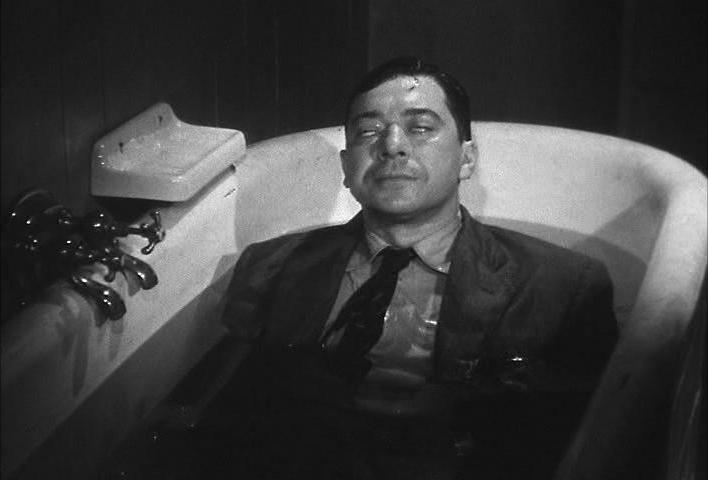
Based off “Celle qui n’était plus”, a 1951 French crime novel by Pierre Boileau and Thomas Narcejac –– a book that Alfred Hitchcock himself had wanted to option and adapt (their 1954 novel “D’entre les morts” would be the basis for Vertigo a few years later) –– France’s own “Master of Suspense” Henri-Georges Clouzot brought Les Diaboliques to the big screen, making one of the most icily clever and elegantly cruel suspense thrillers in cinematic history.
The frightening and emotionally harrowing tale involves Christina Delassalle (Véra Clouzot, brilliant) the wife, pairing with mistress Nicole Horner (Simone Signoret), against the abusive and predatory schoolmaster Michel Delassalle (Paul Meurisse), in a devious plot to murder the deserving bastard.
Bleakly humorous, thick with tension, and suspenseful at every unpredictable turn, Les Diaboliques is given ghoulish life thanks not just to Clouzot’s morbid and masterful direction but also to the spectacular performances and a heart-stopping twist late in the third act that will leave even the most jaded of modern audiences gasping for air.
A celebrated influence on Hitchcock’s Psycho, as well as being remade twice (by Mimi Leder in 1993 as House of Secrets and again in 1996 by Jeremiah Chechik as Diabolique), Clouzot’s original is one of French cinema’s most devilish detours down the avenues of mental anguish.
3. On the Silver Globe (1988)
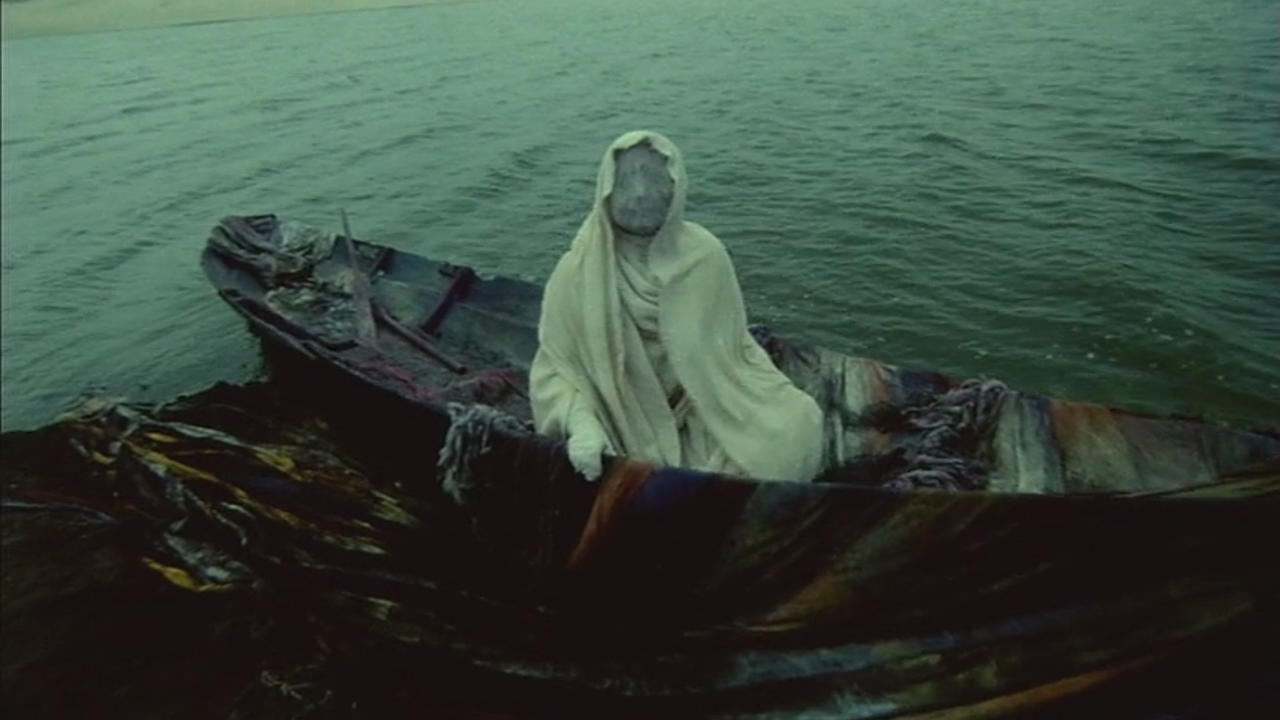
Polish filmmaker Andrzej Żuławski (Possession) had a career that was unfairly full of state censorship and prohibition, and yet he still made many of the most visually extravagant films you’re likely to ever see. Regarded as an unruly epic, his 1988 film maudit is, as New York Times critic J. Hoberman puts it, “Żuławski’s masterpiece … On the Silver Globe is outsider art on a huge scale.”
After the success of his French-made film That Most Important Thing: Love (1975), Żuławski returned to Communist Poland in 1976 spent the couple of years shooting an ambitious and costly adaptation of his great-uncle, Jerzy Żuławski’s eponymous 1903 sci-fi novel before Polish authorities shut him down.
Cut to a decade later and Żuławski piecemealed the surviving material, adding newly restaged sequences, documentary footage, and voiceover, to produce an overstuffed, opulent, and fully-fleshed version of his “murdered” masterwork. A gorgeously garish tale of astronauts marooned on a replacement Earth who forge a new, society amid the planet’s telepathic race of bird people.
Grandiose cinema of this nature is an absolute anomaly, and On the Silver Globe is like nothing you’ve ever experienced or seen before.
2. The American Friend (1977)
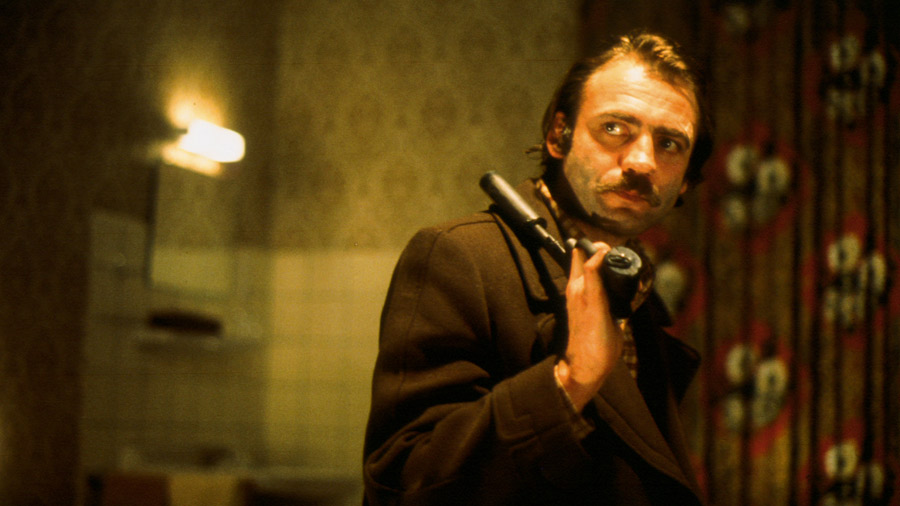
Oh man, The American Friend is one cool film. Wim Wenders (Paris, Texas) offers us an audacious adaptation of Patricia Highsmith’s 1974 novel “Ripley’s Game” (the third in Highsmith’s “Ripliad” series) is arguably one of the great films of the 1970s.
A wonderful distillation of contemporary German angst and anxious American noir, The American Friend pays homage to the American mavericks Nicholas Ray and Samuel Fuller (both of whom appear in the film, larger than life and cool as ice), and also spills with references to Alfred Hitchcock (whose Strangers on a Train [1951] was also a Highsmith adaptation), this atmospheric arthouse thriller has Tom Ripley (Dennis Hopper), an expat American and shady art dealer who is rapt in existential despair. Befriending Jonathan Zimmerman (Bruno Ganz), a Hamburg picture framer and family man with an incurable blood disorder, Ripley convinces him to carry out a contract killing.
A sadly beautiful incantation of movie magic, Wenders also gives us another superbly lensed film with the late cinematographer Robbie Müller, in a style inspired by American painter Edward Hopper. The results are, of course, quite astounding. Don’t miss it.
1. Céline and Julie Go Boating (1974)
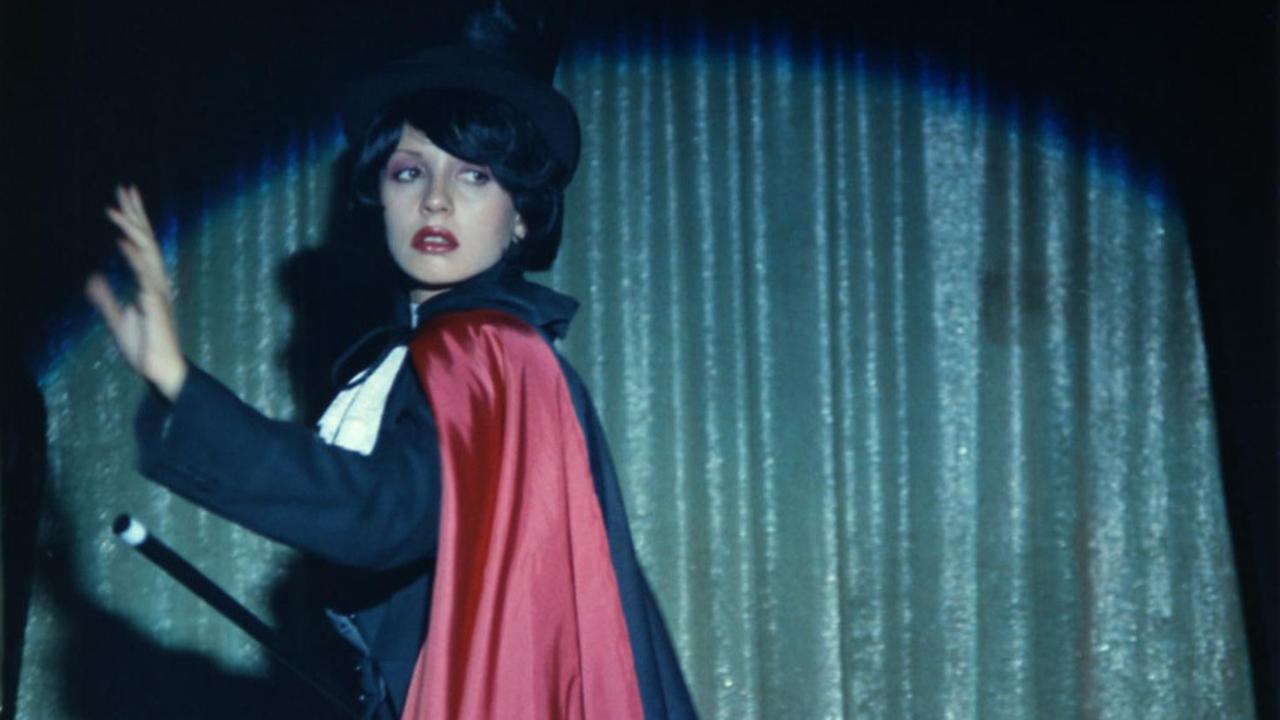
A central figure of the French New Wave, Jacques Rivette (L’Amour Fou) created an eccentric anomaly with his 1974 headtrip, Céline and Julie Go Boating. It’s a wonderfully loopy bohemian fantasy, byzantine — it conjures the magical-realism of celebrated author Jorge Luis Borges — and with affections for creepy doppelgängers (it’s a must for fans of David Lynch).
Céline (Juliet Berto), a cabaret illusionist, meets Julie (Dominique Labourier), a librarian and occult aficionado, and becomes fast friends, together getting swept up in a caper involving a mysterious mansion.
With the aid of magical candy, the pair can see the ghost-like denizens of 7 bis, rue du Nadir-aux-Pommes, Paris, who continuously reenact a Proust-like Gothic soap opera that circles back on itself like a Möbius strip. It has surreal echoes of Luis Buñuel, the female intimacy of Eric Rohmer, and recalls Alice in Wonderland, but is distinctly it’s own strange beast.
A film that has to be seen to be believed, the very act of which crumbles the fourth wall in unexpected ways, Céline and Julie Go Boating merrilly makes the case that life is but a dream.
Author Bio: Shane Scott-Travis is a film critic, screenwriter, comic book author/illustrator and cineaste. Currently residing in Vancouver, Canada, Shane can often be found at the cinema, the dog park, or off in a corner someplace, paraphrasing Groucho Marx. Follow Shane on Twitter @ShaneScottravis.